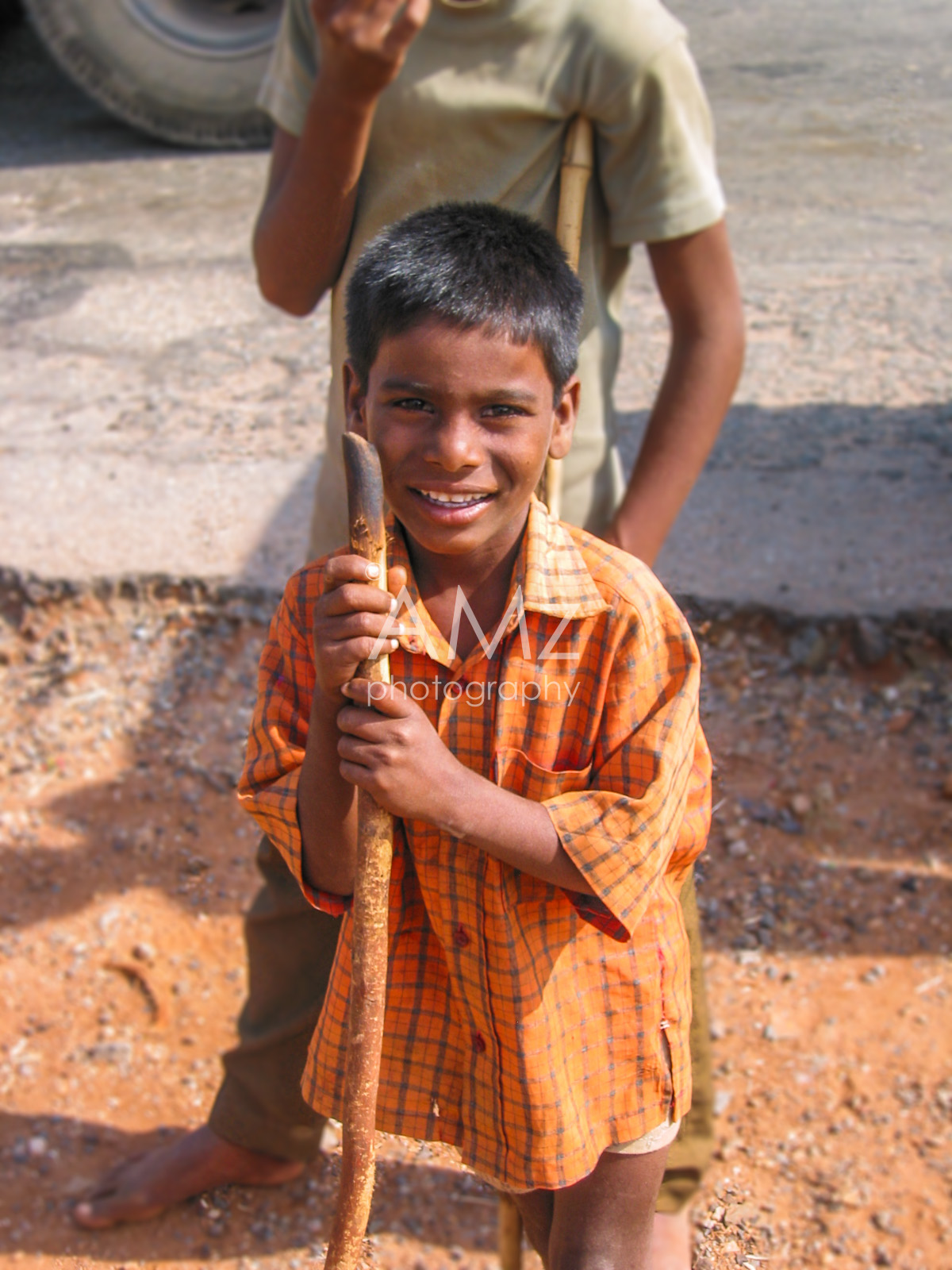Introspection on Sheena Bora Case Coverage: We Need To Be Better Consumers of Media

Call it human tendency to want to figure out anything that resembles a riddle or the need to feed off tidbits from the lives of so-called, Page 3 personalities, the Sheena Bora Murder case is currently the cynosure of all minds and tongues.
The alleged murder of Sheena Bora came to light almost three years after it happened in April 2014, on August 2015, when the Mumbai Police arrested her mother Indrani Mukerjea, her stepfather Sanjeev Khanna, and their long-allegiant driver for murdering her. The story already had all the ingredients to make front page news, but the fact that Indrani Mukerjea is one of Indian media’s favorite socialites and Star India’s ex-CEO Peter Mukerjea’s wife only added fuel to the fire. Who would’ve known then, that the case and those having even the slightest involvement in it were about to become the nation’s favorite article of news overnight, trumping other, more important issues.
Around the same time while the news of Bora’s murder came out and detailed investigations began, turmoil was brewing in another state of India, riots that put thousands of others’ safety at stake. These violent protests were caused by the Patidars or the Patel community, who set three police stations ablaze, uprooted railway lines and attacked the residences of State ministers in order to get their demands, namely granting them backward (SC, ST, OBC) status. The same time saw numerous citizens expressing their concern and frustration about the steep rise in prices of basic commodities, such as onions.Another grave issue that came to light around the same time was the demand of former Indian Army servicemen for implementation of the One Rank One Pension (OROP) Policy as they went on relay hunger strikes for the fulfilment of their demands.
While some people took notice of the aforementioned issues and read an article or two about them and kept abreast about the latest developments, most were busy skimming through pages and scrolling through websites looking for fodder to satiate our hunger for juicy stories, a requirement that was undeniably fulfilled by the Sheena Bora murder case, as a result of which, the case went on to become the most talked about and most exploited ‘story’.
The following days saw the story unfold in front of our very eyes, from a case shrouded in mystery to an open book. Encouraged by the constant public attention and the amount of eyeballs the case was grabbing, media and publication houses tried to delve deep into the case and the lives of those related to it. From Indrani’s ex-husbands to her present family, the alleged affair between her murdered daughter and her stepson to her lying about her relationship with her children, nothing was left to wonder. And while the case hogged all the limelight, other cases, that were perhaps more important and essential for the nation to know about were blatantly ignored, or at best, given treatment, much like Indrani apparently gave to her own children.
Why was the case highlighted so? What contributed to its absurd popularity and the insane amount of attention it received? Why has the media transformed Indrani Mukerjea into a pure villain with no tinges of grey?
That the media will go to any length to gain viewers and readers could be one reason. That “what is seen, sells” could well be another one. But is the media the only one to blame for the unfair attention being given to such cases that aren’t even essential to our working as a nation, at the cost of other issues vital to our functioning and sovereignty?
Media, at the end of the day, is a business with profit-making as its main objective. It will thus focus on any and every item of news that brings it viewership and readership and in turn, increases profits, no matter how absurd or inconsequential it may be. Perhaps what we, as a people need to do, is be more discerning about what we are being served on the premise of ‘news’.
Moreover, we need to be able to differentiate between real and so-called news, between news that makes us active, aware citizens and news that provides us with fodder for gossip. We need to decide whether we want to be fed the stuff that ladies’ Mumbai local conversations are made of, or know about things that are actively contributing to the makeup of our country. Knowing about what’s happening in the lives of popular faces and real life stories that resemble thriller novels is not incorrect, but we need to know where to draw the line so that we’re not losing out on the chance to be discerning citizens.




